LEGO has demonstrated its ability to spawn amazing creativity and inspiration in humans throughout the world. Their colorful bricks are being used in everything from Google to teaching code, interior design, prosthetic limbs and even movies. This fantastic means of creation encourages self-expression while appealing to young and old alike. Let’s meet Steven Don, an AFOL (Adult Fan Of LEGO) with some serious building skills and impressive creations. As a computer programmer, Steven understand the true value of building with LEGO and how it stimulates the brain. So break open your sets everyone and let’s start building!
Q: What’s your story? Tell us a bit about yourself and your background.
A: My name is Steven Don, I’m the eldest of two children and I grew up mostly in the area where I live now. As a kid, I’ve also lived in Brunei (on Borneo) for a few years while my dad was an expat there for his work, which really expanded my world view. I’ve always been a bit of a geek, heavily interested in computers, enjoying science fiction and fantasy both as books and in movies. It was of no surprise to anyone that I became a computer programmer, which has now shifted more towards web development. My other hobbies are playing the piano and I’m an AFOL (Adult Fan Of LEGO).
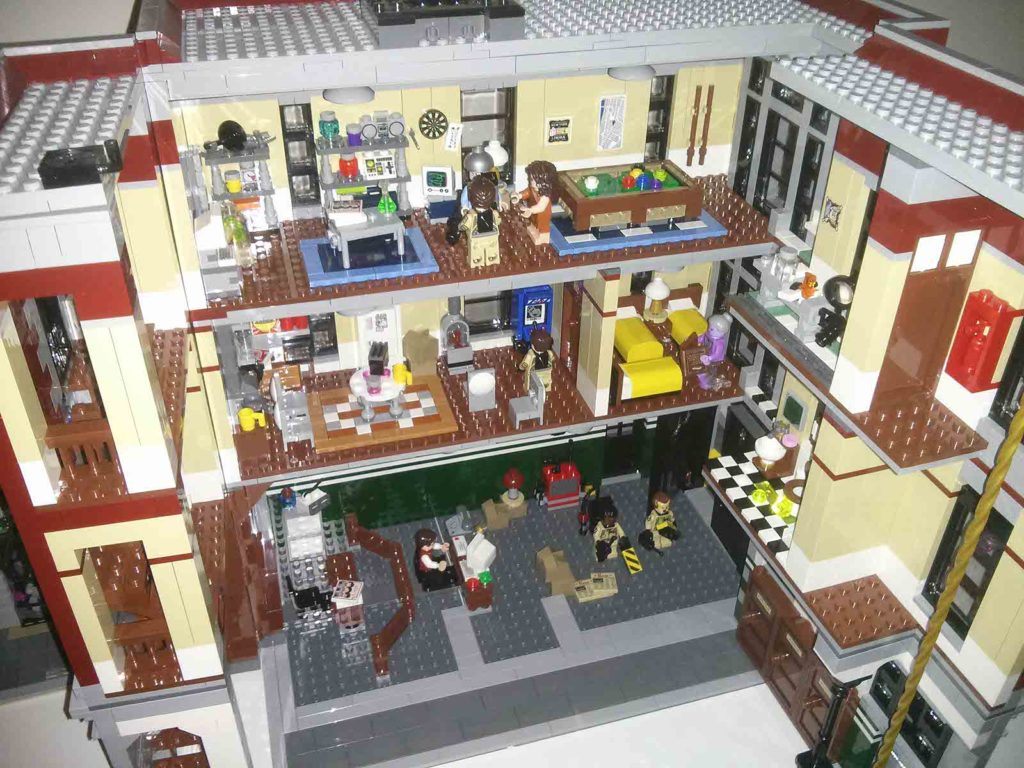
Q: How long have you been building with LEGO blocks and what started it all?
A: As a kid I played with smaller amounts of LEGO quite a lot and also with a model train set. That train set wasn’t very suitable for children my age and, although it was fun to watch, there was not much you could do with it. My parents sold the model train and used the proceeds to buy a LEGO train set (7745) instead. That quickly became my favourite toy and remained so for years. As I grew up, my attention shifted to other things. In early 2014 I was diagnosed with a serious and chronic disease. That was quite a shock mentally. To keep from going nuts, I started looking for things to do that I enjoy and to keep my mind occupied. That’s when I came across the boxes of my LEGO toys that had been stashed in the attic. It helped bring out my inner child and put me in the right frame of mind to deal with the disease. Now it’s escalated to the point where I have a room in my house dedicated to LEGO.
Q: What’s the most satisfying aspect of working with LEGO?
A: During my childhood, the LEGO sets I played with were much simpler and the fun was nicely spread out over building any toy I could imagine and playing with the result. LEGO has evolved tremendously over the 30 years since then and the sets have become more complicated. The building part is definitely the most fun for me now and I find myself really appreciating some of the inventive techniques the LEGO designers or other fans have come up with. Only recently I was building the fan-originated LEGO Ideas set of the Caterham Seven (21307) and just marvelling at the way it’s put together.
Q: How do you see the link between LEGO and its proven efficiency in promoting creativity?
A: Oh, that is definitely real. While there is a great diversity of parts, you are still constrained by what is available. This stimulates anybody who builds their own projects to come up with new and creative ways to use the existing parts to achieve the look that you want. And even if you only build according to LEGO’s instructions, you get to see how these models, whether they be simple or elaborate, are designed and you see them take shape right between your fingers.
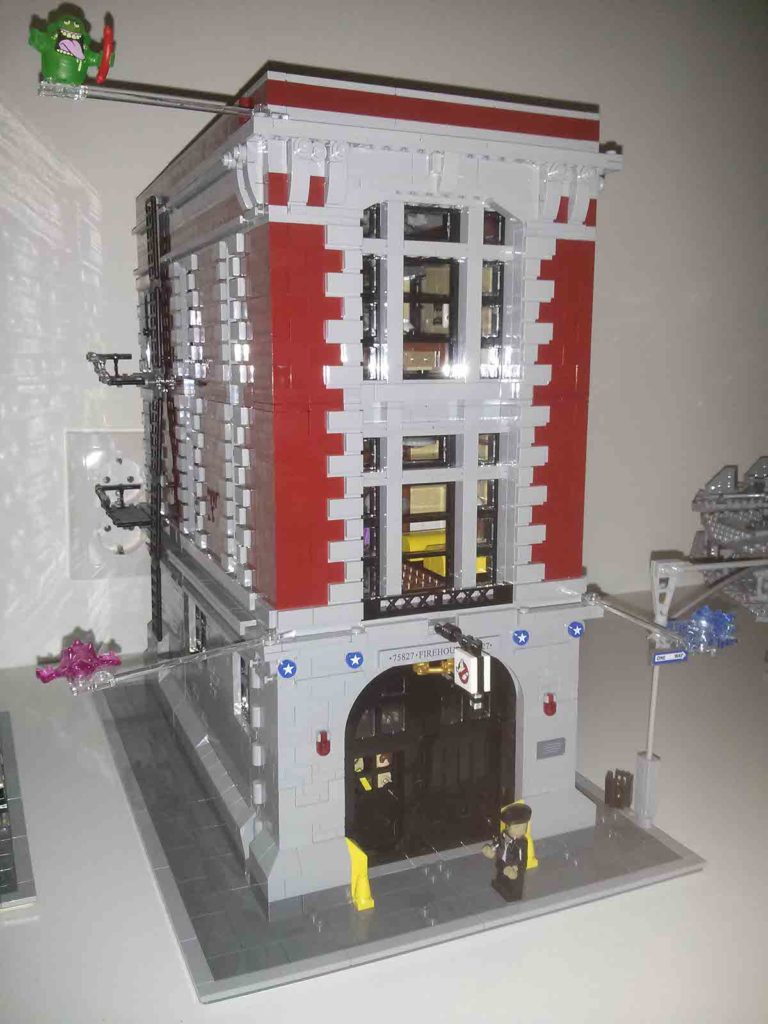
Q: Can you tell us more about the value/ potential of brick building in educational teaching (mechanics, robotics, programming)?
A: I myself haven’t gotten to do anything with, for example, the Mindstorms series of LEGO. However, looking at the elements LEGO provide and what you can do with them, I think there is tremendous potential in them. When I learned about computer programming, the quintessential introduction was through the “Logo” programming language, quickly followed by “BASIC”. In Logo, you moved a triangle (called the “turtle”) across the screen with some simple commands. With LEGO Mindstorms, you can make an actual robot move across the floor. You could even make it look like a proper turtle. A turtle with a robotic grabber arm on its shell. How cool is that? Some might say that making your project look cool detracts from what it is you’re trying to teach. I say it helps with creativity and to get students more enthusiastic about the subject.
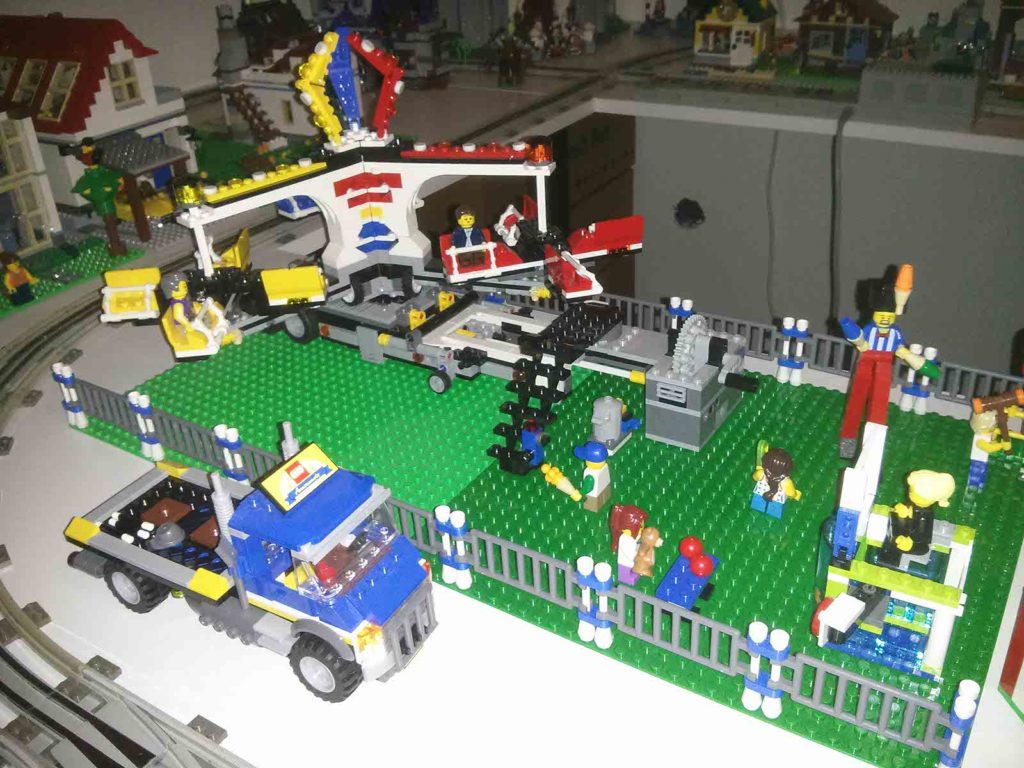
Q: Tell us about the process behind building – How much planning goes into it? Do you run into any challenges?
A: When you follow the instructions in a regular set, there’s not a lot of challenges — though it helps to sort the pieces properly before you start building. But when you design something yourself, it can take days or even weeks of figuring out the perfect way to put something together. There is free software provided by LEGO that allows you to experiment without having all the parts. The two challenges I routinely encounter are:
1. LEGO produce very few parts that have odd lengths (when counted in studs). The smaller elements are 1, 2, 3 or 4 studs in length, but all common building elements after that are of even length. So if you design something yourself and want it to be structurally sound, you pretty much have to stick to even lengths too.
2. Not all pieces are available in every colour. Or when they are, they might be incredibly rare. Of course, the design software will happily let me use them. Then upon getting to building the actual model, I may have to go back to the digital drawing board to figure out how I have to change things, either using different pieces or different colours, to get a consistent yet visually appealing look.
Q: What is your favorite set?
A: I can’t really pick just one. The best I can do is narrow it down to three. The first is the High-Speed City Express Passenger Train Set from 1985 (7745), which is the train set that really got me into LEGO as a kid. I still have that train running and it will forever hold a special place in my heart. The second is the Ultimate Collector’s Millennium Falcon (10179) from 2007. That is without a doubt the most sought-after set LEGO have ever created. Fans are still hoping these will be produced again. It is one of the largest sets LEGO have ever made with only one other set having a higher piece count. It took me well over a year and a scary amount of money to collect all the pieces needed to build my own. And finally, there is the modular music store. That doesn’t have a set number and nobody else has it. That one is special to me because it is the first modular building I have designed myself.
Q: Do you have a favorite LEGO element (ex. type of brick, figurine) and why?
A: Most people would say that they like the headlight brick the most because it is so versatile and useful for SNOT (Studs Not On top) techniques. Also plenty of clamps and hinges which allow you to do all kinds of interesting things. That is all true, but I’m still partial to the humble regular brick. In particular the one that is 6 studs long and 1 stud wide. They enable you to build sturdy yet thin walls. It might seem a boring choice for a favourite piece, but I wouldn’t get very far without those simple bricks.
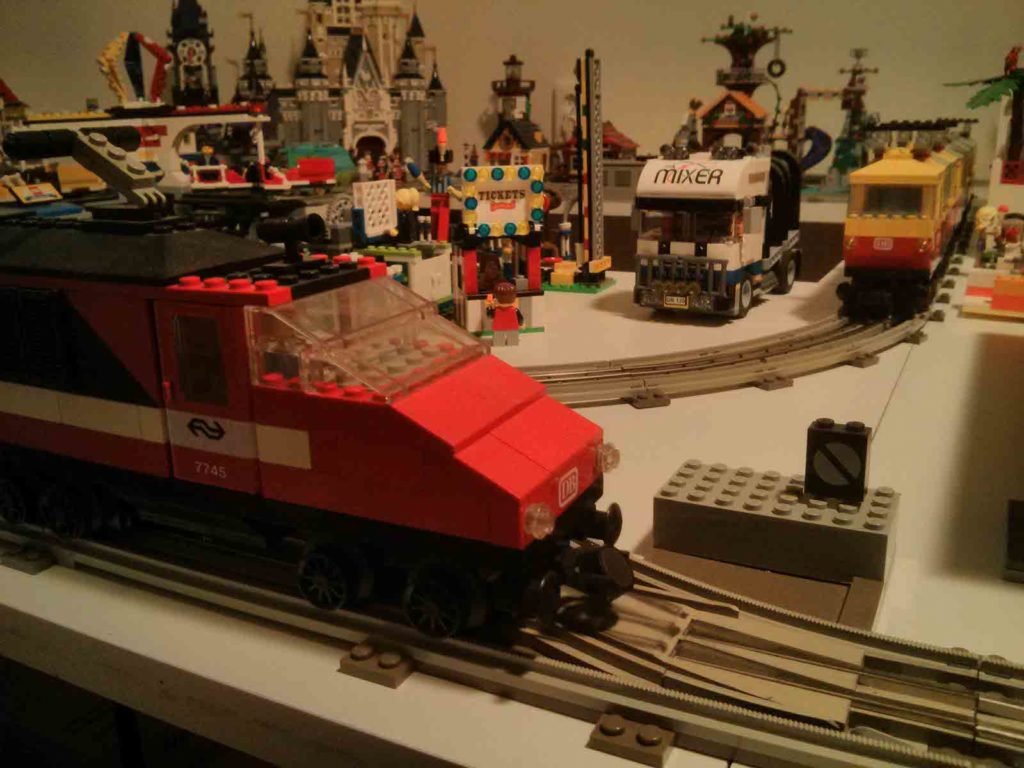
Q: Do you ever use the bricks in practical ways?
A: Most of the bricks I have I intend to put to use for improving my LEGO city layout. My use outside that is limited, though I have used them to visualise mathematical concepts when tutoring kids in arithmetic. And who needs to buy a Raspberry Pi enclosure when they can just build one themselves and make it look cool as an added bonus?
Q: Can you describe yourself as a LEGO figurine?
A: I’m minifig 71007-4, the Video Game Guy from Collectible Minifigures Series 12, but wearing a top hat rather than the headphones. Even though I don’t play a lot of video games anymore, the figure is the stereotypical geek. And the top hat symbolises my quirkiness along with my fascination for that particular piece of headgear.
Q: What do you consider is the commercial appeal behind it?
A: LEGO almost went bankrupt around the turn of the millennium, because they simultaneously tried to dumb things down and diversify too much. Look at a catalog from that time and every page with have a different theme; they were all over the map. Quite a few of the sets back then weren’t very good in terms of design or weren’t interesting to build. They’ve since made a comeback that could be described as nigh-on miraculous. The brick system, which was devised in the 1960s, has seen quality improvements over the years, but is essentially the same as it was then. And it works. Many people, such as myself, who grew up with LEGO decades ago can still relate to the sets being produced today. It brings back a part of our childhood. Ask anyone who’s ever played with LEGO and they’ll be fond memories. We pass that enthusiasm on to our kids. Of course, beside a solid brand, LEGO also has a phenomenally effective marketing apparatus and they are very smart at capitalising on the popularity of the bricks. The LEGO movie may be considered a 90 minute long advertisement, but it is so well done and plays well to both the nostalgia of the adults and to the imagination of the kids, that you won’t mind.
Q: Even thought of becoming a LEGO Certified Professional?
A: That’s a bit out of my league, though it would be supremely awesome. I know of some other people who would be much better suited for that. Whenever I see what these people build (they usually exhibit their work at LEGO events all over the world), I am dumbstruck.
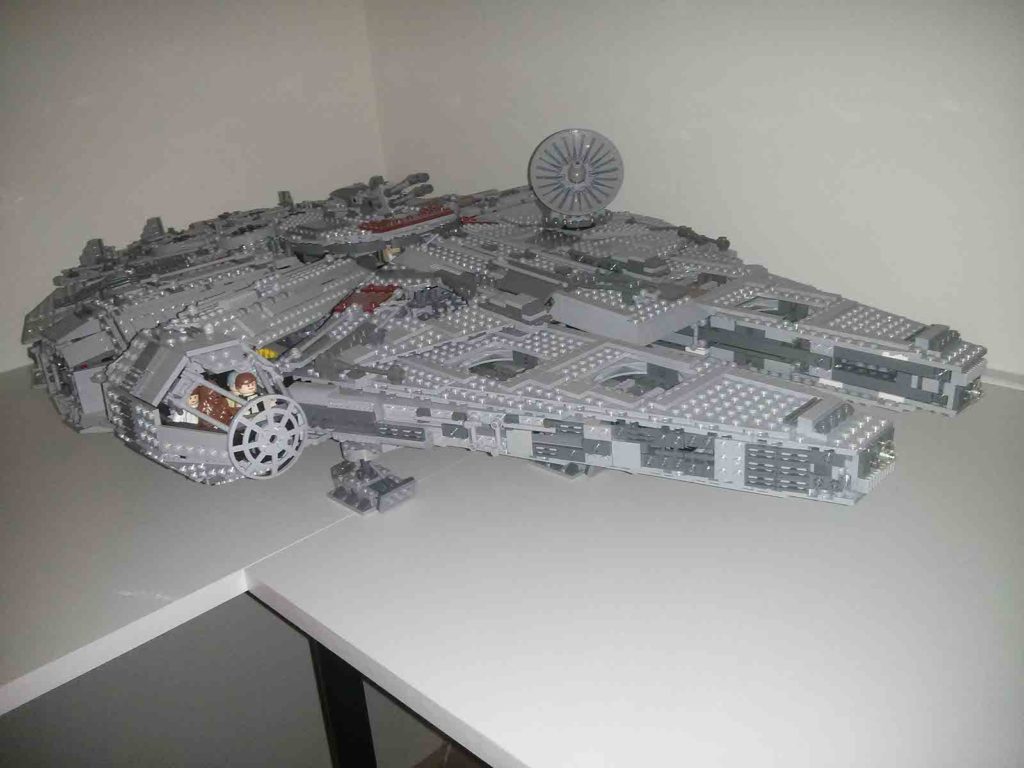
Q: How do you think we can “gamify” LEGO?
A: Since LEGO is, after all, a toy, I think it is an excellent tool for gamifying other processes. You know those team building exercises where you have to collaborate to design a bridge? Design and build them with LEGO instead. Use LEGO in prototyping designs or making scale models. The LEGO League is an annual international challenge, started in 1999, to inspire kids to solve real science and engineering problems and express their solutions using LEGO. A quarter of a million kids work in tens of thousands of teams to win a place in the finals. This year, the theme is “Animal Allies”. You can see some of the solutions these kids come up with at Avans Hogeschool in Breda at the end of November. And finally, in a very meta way, I think the LEGO Ideas concept is amazing. LEGO allows fans to submit their own designs to the LEGO Ideas website, where people can vote on them and any design that reaches 10,000 votes gets considered by the LEGO Group for making it into an official set. The selection procedures are stringent, but if an idea makes it through, it gets produced commercially and the person who submitted the design receives 1% of the royalties.
Q: What advice can you give to other LEGO building aficionados?
A: Take pictures whenever you see something interesting and sit down to try to recreate it in LEGO. Ornate old buildings are particularly interesting subjects. You have to come up with really creative solutions to approximate the look using LEGO elements.
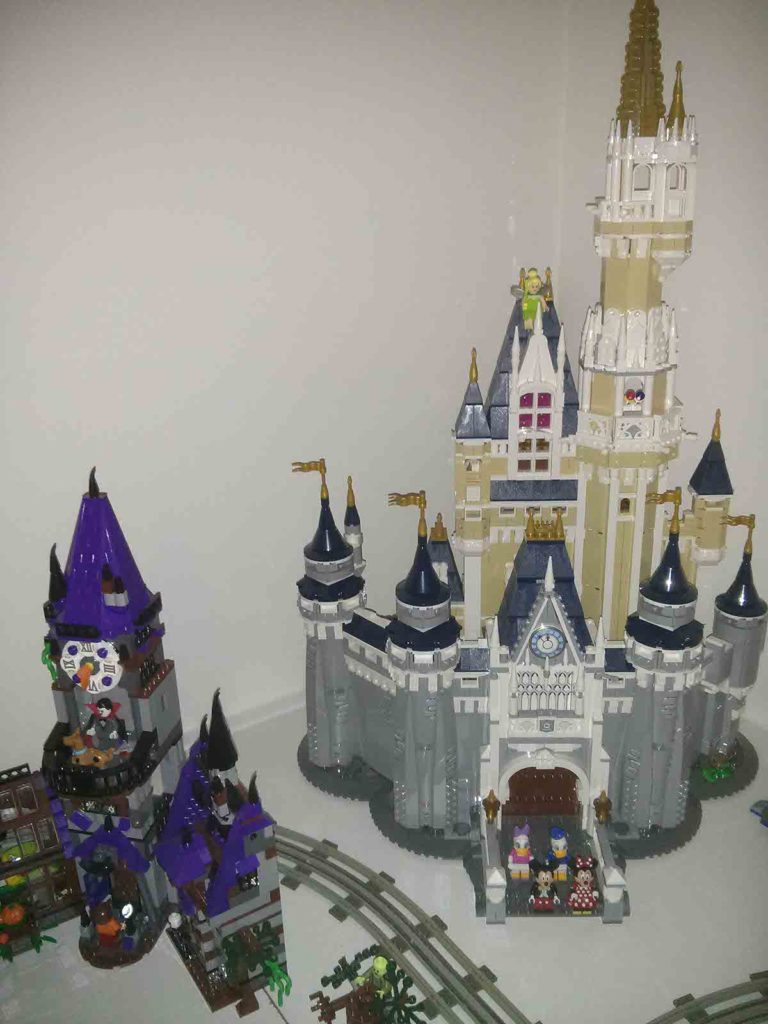
Q: If you had an unlimited supply of bricks, what would you build?
A: I’d never stop… Houses, shops etc. especially in modular style. The modular buildings are a very popular range of LEGO sets with highly detailed exteriors and increasingly detailed interiors as well. They’re the things I enjoy building the most. Putting in little details and coming up with characters and backstories for them. There’d be a class of school children going on a field trip. A farmer chasing after runaway horses (and a single piglet) through the center of town. A guy preparing a romantic marriage proposal for his boyfriend. A conservative woman shocked at that while her young daughter wonders why her mother thinks it’s a big deal. I’d build an ever-expanding city and let my imagination run wild even more than it already does.
Q: How many times have you stepped on a LEGO piece?
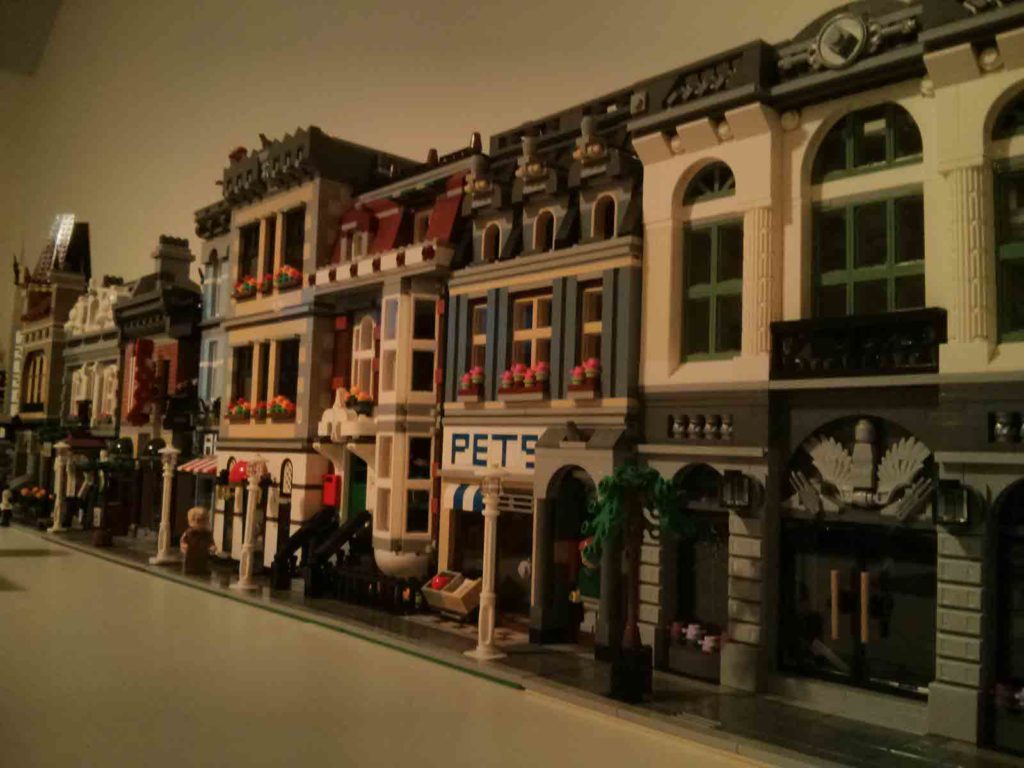
A: Once was more than enough. Ouch! I stepped on the business end of a thumb-tack once and it was less painful. I suppose that is one other piece of advice I can give to LEGO fans (and parents) anywhere: Always. Wear. Shoes.





